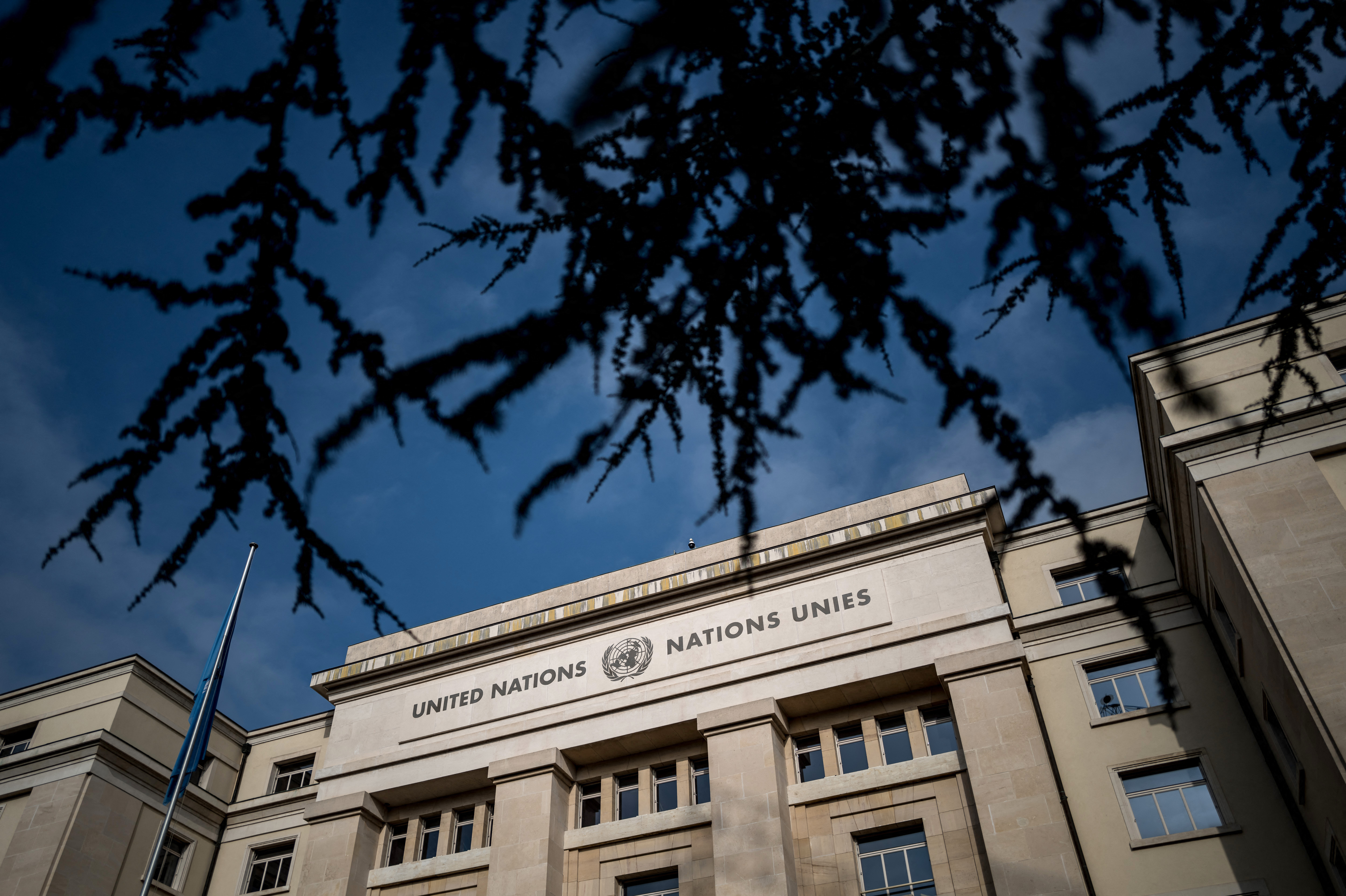Geneva sets Protestantism in stone
Since the 16th century, Geneva has been something of a beacon in the Protestant world, notably due to the presence of the famous reformer John Calvin. It also welcomed thousands of persecuted Huguenots and became a centre of learning of significant intellectual and spiritual force. And at the beginning of the 20th century, Geneva – the “Protestant Rome” – celebrated this heritage with a monumental sculpture.
-
DeutschdeEin Denkmal in Genf im Mittelpunkt der Feierlichkeiten zur ReformationRead more: Ein Denkmal in Genf im Mittelpunkt der Feierlichkeiten zur Reformation
-
FrançaisfrGenève célèbre le protestantisme dans la pierre OriginalRead more: Genève célèbre le protestantisme dans la pierre
-
ItalianoitGinevra celebra il protestantesimo nella pietraRead more: Ginevra celebra il protestantesimo nella pietra
-
EspañolesGinebra celebra el protestantismo en piedraRead more: Ginebra celebra el protestantismo en piedra
-
PortuguêsptGenebra celebra o protestantismo na pedraRead more: Genebra celebra o protestantismo na pedra
-
العربيةarجنيف تحتفل بالبروتستانتية من خلال النحت على الحجرRead more: جنيف تحتفل بالبروتستانتية من خلال النحت على الحجر
The building of the International Monument to the Reformation – also known as Reformation Wall – began in 1908 and was only completed in 1917, mainly due to the interruptions of the First World War. Financed by public and private donations from Switzerland and other Protestant countries, the sculpture celebrates the major moments in Reformation history, and even today remains – along with the Jet d’Eau fountain – Geneva’s best-known symbol.
Popular Stories

More
The citizenship obstacle course facing spouses of Swiss Abroad

More
‘Swiss engineering at its best’: the steepest cable car in the world

More
Swiss budget cuts increase pressure on International Geneva

More
A new start for the ‘sleeping beauty’ of the Swiss Alps




You can find an overview of ongoing debates with our journalists here . Please join us!
If you want to start a conversation about a topic raised in this article or want to report factual errors, email us at english@swissinfo.ch.